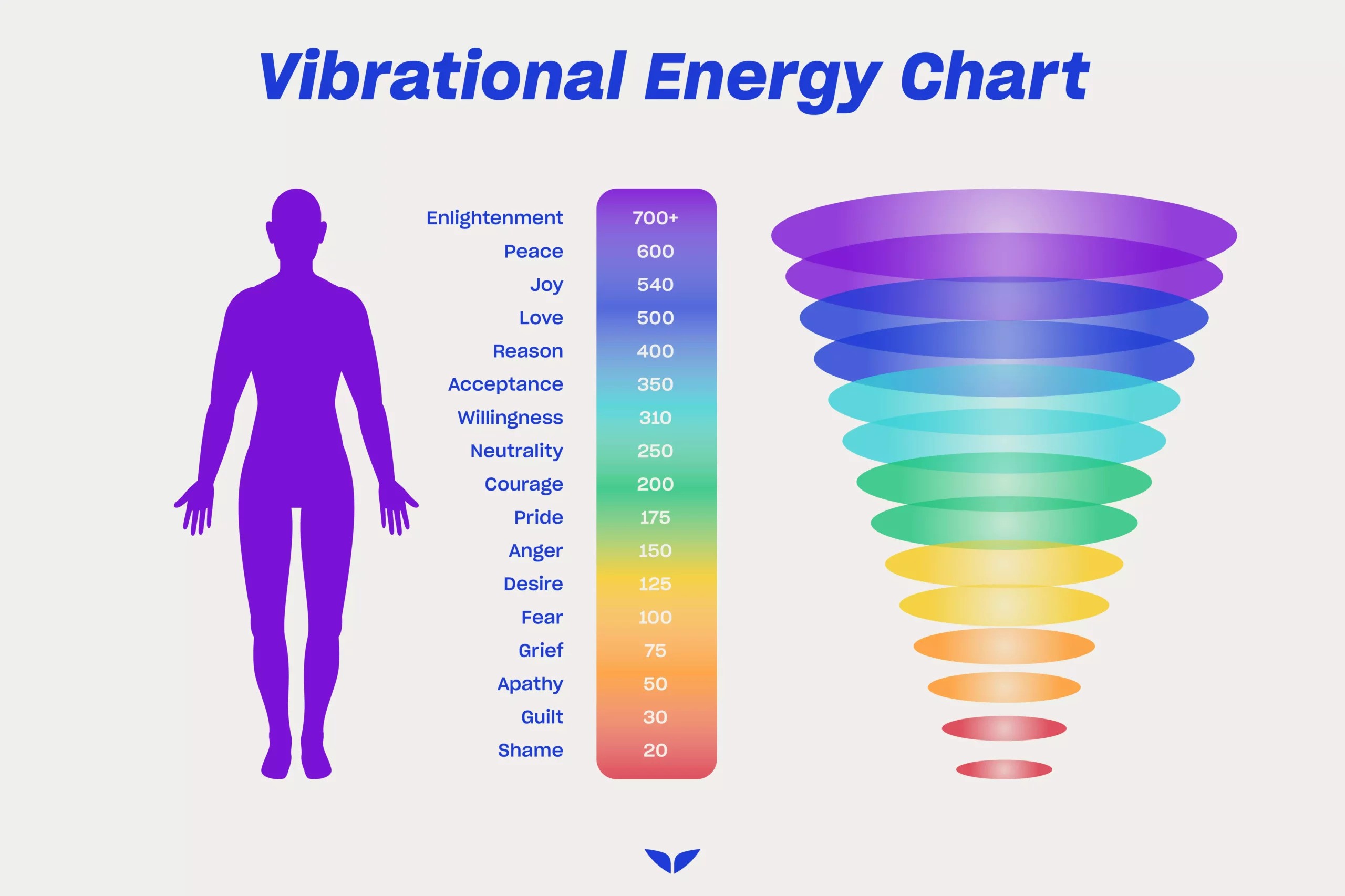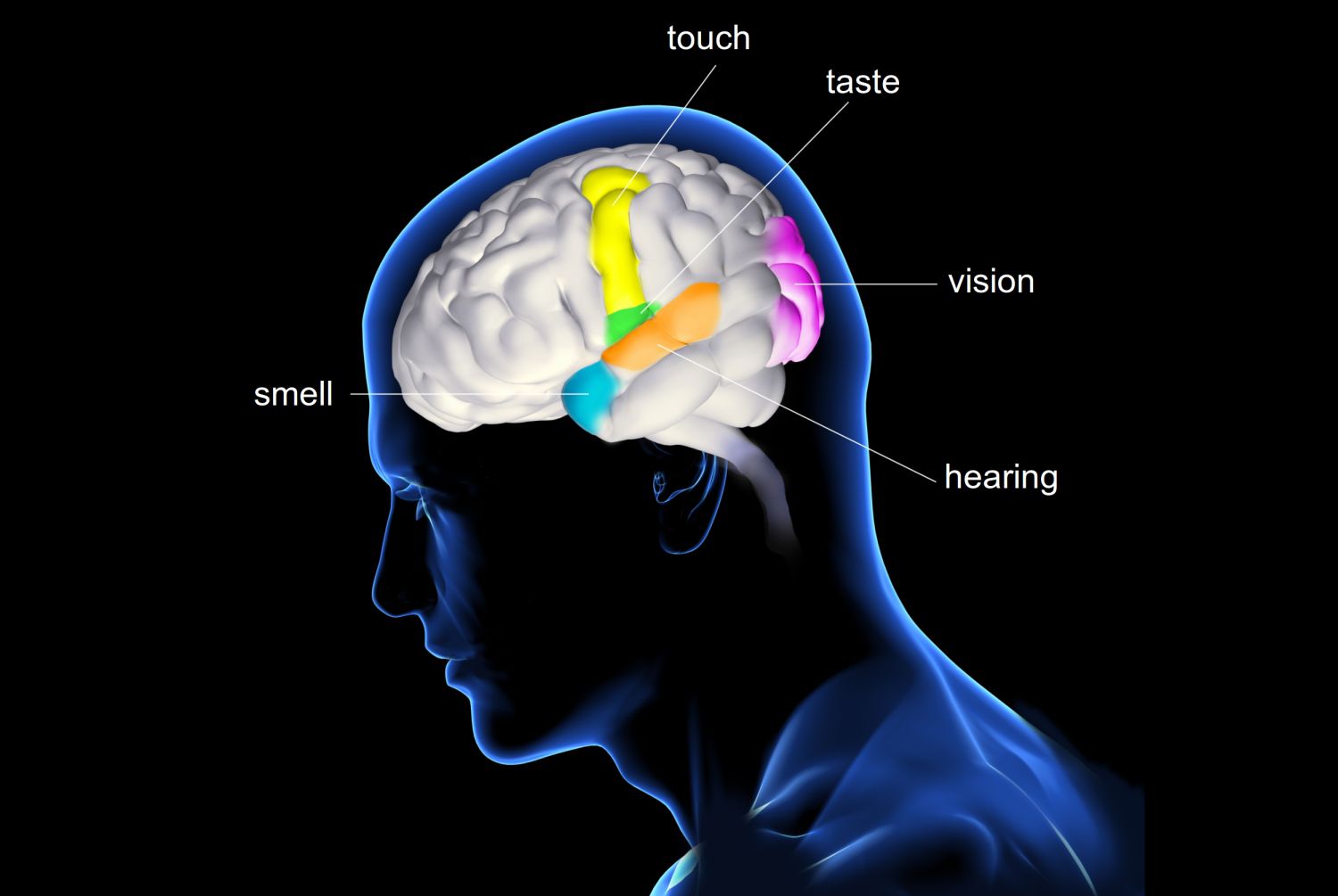Can People Sense Vibrations?
Have you ever wondered about the subtle sensations that we experience daily? "Can people sense vibrations?" is not just a question for the curious mind but an exploration of our sensory capabilities. Delving into this topic reveals the fascinating ways in which our bodies perceive and interpret the world around us. From the gentle hum of a bee's wings to the thunderous tremors of an earthquake, vibrations are a constant part of our environment. But how well can we actually detect them? This question beckons us to uncover the mysteries of human perception and the intricate workings of our sensory system.
Introduction
Ever caught yourself feeling the bass thumping in your chest at a concert or noticing the washing machine's rhythmic dance on the laundry room floor? It's all about vibrations, and believe it or not, sensing them is a more significant part of our lives than we often acknowledge. "Can people sense vibrations?" you ask. Oh, absolutely, and it's not just about touching your hand to a strumming guitar or leaning against a purring engine. Our bodies are equipped with a whole arsenal of sensory equipment designed to pick up on these oscillations.
Let's start with a quick science lesson. Vibrations are essentially waves of energy that travel through various mediums—be it air, water, or solid objects. When these waves reach us, they interact with our bodies in ways that we can often perceive. But here's the kicker: it's not just our sense of touch that's in on the action. Our hearing is all about picking up on vibrations in the air, and even our vision can be affected by the right kind of vibrations. It's a whole-body experience!
So, are you ready to dive into the nitty-gritty of how we sense these invisible forces? Buckle up, because we're about to embark on a sensory journey that'll make you appreciate the buzzes, beats, and trembles of daily life like never before.
The Science of Sensing Vibrations
Alright, let's get down to the science of it all. "Can people sense vibrations?" Sure, but how does it all work? It's time to take a peek under the hood of the human body and see what makes us tick—or, in this case, feel the tick.
Our skin is the frontline soldier when it comes to detecting vibrations. It's studded with a variety of receptors that pick up on different types of touch, pressure, and, you guessed it, vibrations. These receptors, known as mechanoreceptors, come in a few different flavors:
- Meissner's corpuscles: These guys are all about detecting light, fluttery touches. Think of the sensation of a feather drifting across your skin—that's Meissner's corpuscles in action.
- Pacinian corpuscles: Now we're getting into the heavy-duty receptors. These are designed to pick up on deeper, more pronounced vibrations. They're the ones that let you feel the rumble of a passing truck.
- Ruffini endings and Merkel's disks: These receptors are more about sustained pressure, but they can also contribute to our perception of vibrations, especially when it comes to texture.
But wait, there's more! Our ears are vibration-detecting champs. The tiny bones in our middle ear transmit sound vibrations to the cochlea, where hair cells convert them into nerve signals. Even our eyes can detect certain vibrations, like the flicker of a light, which is just a super-fast vibration that our peepers can pick up on.
Now, you might be thinking, "That's all well and good, but what about the big picture?" Well, once these vibrations are detected, they're sent zipping along our nervous system to the brain, which processes them and gives us the lowdown on what's shaking—literally.
How Our Body Perceives Vibrations
Feeling a little buzzed with all this talk about vibrations? Well, hold onto your hats, because we're about to delve into how our body perceives these invisible waves.
When vibrations hit our skin or enter our ears, it's not just a simple case of "I feel this" or "I hear that." Our body has a whole process for decoding these signals. It starts with transduction, where physical energy—like a vibration—is converted into electrical energy that our nervous system can understand. This is like translating a foreign language into your native tongue.
Once our sensory receptors have done their job, the signal is sent zipping up the nerves to the spinal cord and then to the brain. Here's where things get really interesting. Our brain has different areas that specialize in making sense of these signals. The somatosensory cortex is the maestro of touch, while the auditory cortex is the connoisseur of sound.
But it's not just about the signal's destination; it's also about the journey. The strength, frequency, and duration of a vibration can all affect how we perceive it. A gentle, low-frequency hum might feel soothing, while a sharp, high-frequency buzz might be downright irritating. And let's not forget about adaptation—our body's way of tuning out constant, unchanging stimuli. Ever notice how you stop feeling your watch on your wrist after a while? That's adaptation in action.
It's a complex dance of detection, transmission, and interpretation that allows us to navigate our vibrational world. Whether it's the subtle tremor of an anxious heartbeat or the powerful jolt of a jackhammer, our body has the tools to keep us in tune with what's happening around us.
Factors Influencing Vibration Detection
Now, you might be thinking, "If we're all equipped with the same sensory hardware, why do some folks jump at the slightest vibration while others barely bat an eyelid?" Well, it turns out there's a whole host of factors that can influence how we detect vibrations. Let's break it down.
First up, age. Like a vintage car, our sensory system can show signs of wear and tear as we rack up the miles. Younger people tend to be more sensitive to vibrations, while the elderly might not pick up on them as easily. It's just one of those things that can change as we go through life's journey.
Then there's the state of our nervous system. If you're all stressed out or running on fumes, your body might not be as on point when it comes to sensing vibrations. On the flip side, if you're relaxed and well-rested, you'll likely be more attuned to the vibes around you.
And let's not forget about the environment. A noisy room can drown out the sensation of vibrations, while a quiet, serene setting might make you more aware of them. It's all about the context.
Here's a quick rundown of factors that can affect vibration detection:
- Age: Sensitivity to vibrations can decrease as we get older.
- Health: Conditions that affect the nervous system can impact vibration perception.
- Environment: External noise and distractions can mask vibrations.
- Focus: Paying attention can heighten our sensitivity to vibrations.
- Experience: Regular exposure to certain vibrations can lead to increased sensitivity.
It's a mix of biology, psychology, and circumstance that determines how we pick up on the shakes and shudders of the world. So next time you feel a vibration, take a moment to appreciate the complex interplay of factors that let you sense it.
Real-Life Applications: Understanding Vibrations
Let's get real for a minute. Understanding how we sense vibrations isn't just some academic exercise—it's got some pretty cool applications in the real world. "Can people sense vibrations?" is more than a question; it's a gateway to innovation and safety.
Take engineers, for example. They rely on our ability to detect vibrations to design buildings and bridges that can withstand earthquakes. By understanding how these tremors are perceived, they can create structures that give us a heads-up before things get too shaky.
Then there's the medical field. Doctors use vibration perception to check on our nervous system health. A decrease in vibrational sensitivity can be a red flag for conditions like diabetes or peripheral neuropathy. It's like a canary in the coal mine for our body's wiring.
And let's not overlook the world of technology. Haptic feedback—the tech that makes your phone buzz when you get a text—is all about simulating the sensation of vibrations. By tapping into our sensory system, gadgets can communicate with us in a whole new way.
Here's a snapshot of how vibration detection plays out in different scenarios:
| Field | Application |
|---|---|
| Engineering | Designing earthquake-resistant structures |
| Medicine | Diagnosing nervous system disorders |
| Technology | Developing haptic feedback devices |
So, whether it's keeping us safe, helping us stay healthy, or just making our tech more interactive, our ability to sense vibrations has some pretty awesome implications. It's a testament to how tuning into our sensory experiences can lead to some pretty groundbreaking stuff.
Enhancing Our Vibrational Awareness
Feeling a bit more in sync with the world of vibrations? Great! But what if you want to crank up your vibrational awareness to eleven? Well, you're in luck, because there are ways to fine-tune your senses and become more attuned to the tremors of life.
First off, mindfulness. It's not just a buzzword—it's a way to boost your sensory perception. By being present and paying close attention to your surroundings, you can become more aware of the subtle vibrations around you. It's like turning up the volume on your sensory experience.
Then there's training. Certain professions, like musicians or craftspeople, develop a heightened sensitivity to vibrations through years of hands-on work. It's like their bodies have been fine-tuned to pick up on the slightest quiver.
And let's not forget about technology. There are devices out there designed to help people with sensory impairments detect vibrations. These gadgets can amplify and translate vibrations into other forms of sensory input, like visual or auditory cues. It's like having a translator for the language of vibrations.
Here are some tips to enhance your vibrational awareness:
- Practice mindfulness: Focus on the present moment to heighten your sensory perception.
- Get hands-on: Engage in activities that require you to pay attention to tactile feedback.
- Use technology: Explore devices that can help amplify and interpret vibrations.
- Stay healthy: Take care of your nervous system with good nutrition and exercise.
- Learn from the experts: Observe how professionals in various fields use vibrations in their work.
By being proactive about our sensory experiences, we can open up a whole new world of vibrational nuances. It's all about embracing the shakes, rattles, and rolls that life has to offer.
Conclusion
So, can people sense vibrations? You bet they can, and it's a pretty amazing thing when you think about it. Our bodies are like finely tuned instruments, picking up on the symphony of tremors that ripple through our world. Whether it's the delicate vibrations of a butterfly's wings or the powerful pulsations of a bass guitar, we're equipped to feel it all.
From the science behind our sensory system to the factors that influence our perception, it's clear that vibrations play a big role in how we interact with our environment. And with the right awareness and tools, we can enhance our ability to tune into these sensations, enriching our lives in countless ways.
So the next time you feel a vibration, whether it's the buzz of your phone or the rumble of a train, take a moment to appreciate the complex and wondrous ways in which your body perceives it. It's a reminder that we're all connected to the vibrant, vibrating world around us, in more ways than one.



